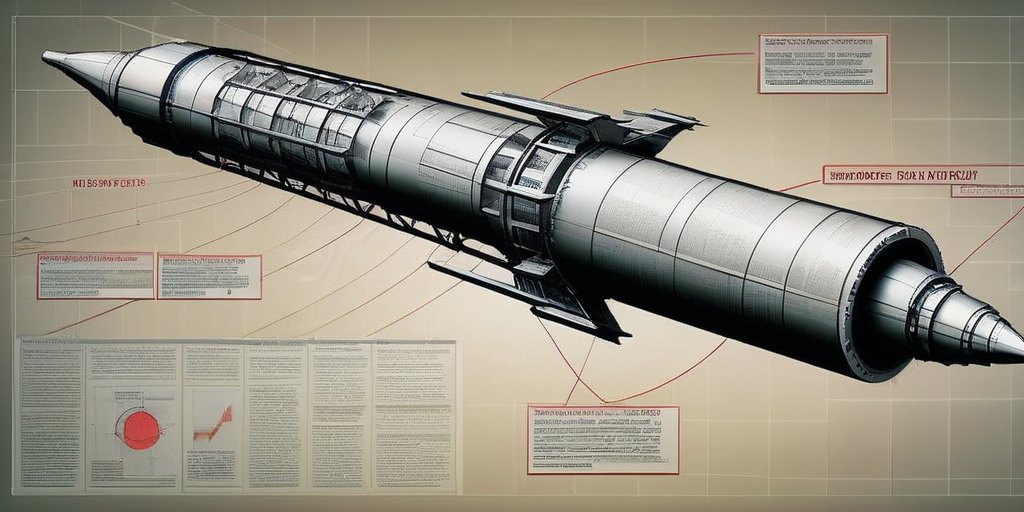In recent developments, U.S. military officials are actively working on the implementation of a new missile defense initiative called the “Golden Dome,” a prioritized project under the Trump administration. This ambitious scheme is designed to develop a defense system that would protect the U.S. from long-range missile threats, drawing comparisons to Israel’s established Iron Dome system. However, despite its high-profile ambition, details surrounding the Golden Dome remain vague and primarily conceptual.
President Donald Trump has emphasized the necessity of a missile defense program akin to Israel’s, which is primarily utilized to safeguard against short-range attacks on a smaller geographic scale. The need for such a comprehensive defense mechanism has taken on new urgency, as Trump’s administration has insisted that funding for the Golden Dome must be allocated in the Pentagon’s budget plans for the 2026-2030 period, despite current budget constraints.
The Golden Dome concept aims to explore technologies that could potentially enhance the U.S. missile defense capabilities. Nevertheless, some officials highlight that it remains more of a theoretical framework than a concrete plan, with concerns about the feasibility and costs of such a large-scale defense system. Estimates suggest that the construction and maintenance of a comprehensive network would likely cost billions of dollars over its operational lifespan, and discussions thus far have primarily addressed the theoretical aspects rather than the practical implementations.
Challenges abound when comparing the potential U.S. missile defense systems to Israel’s Iron Dome. While Israel can deploy a concentrated defense strategy over its smaller landmass, executing a similar comprehensive defense across the vast U.S. territory poses significant logistical challenges. Sources within the military caution that while President Trump has mandated the development of the Golden Dome, actual implementation will require substantial advancements in technology, infrastructure, and funding.
A notable aspect of this endeavor is that military contractors like Lockheed Martin have already begun to identify opportunities for collaboration, submitting numerous proposals aimed at conceptualizing and ultimately constructing the Golden Dome. The Missile Defense Agency recently solicited interest in this project, indicating an eagerness among defense manufacturers to capitalize on what could be a lucrative contract.
Additionally, experts are raising alarms about the underlying implications of such a system. The potential alteration of strategic nuclear deterrence dynamics raises concerns among global adversaries, who might perceive such advancements as offensive threats, potentially accelerating arms races and increasing global tensions.
The Golden Dome project reflects a significant reorientation towards enhancing missile defense in addressing the evolving nature of global threats. Still, experts warn that without rigorous assessments of both its technological viability and its implications on military strategy, it could lead to more problems than solutions—emphasizing that while the initiative embodies a bold vision, the realities of defense systems are deeply complex.
